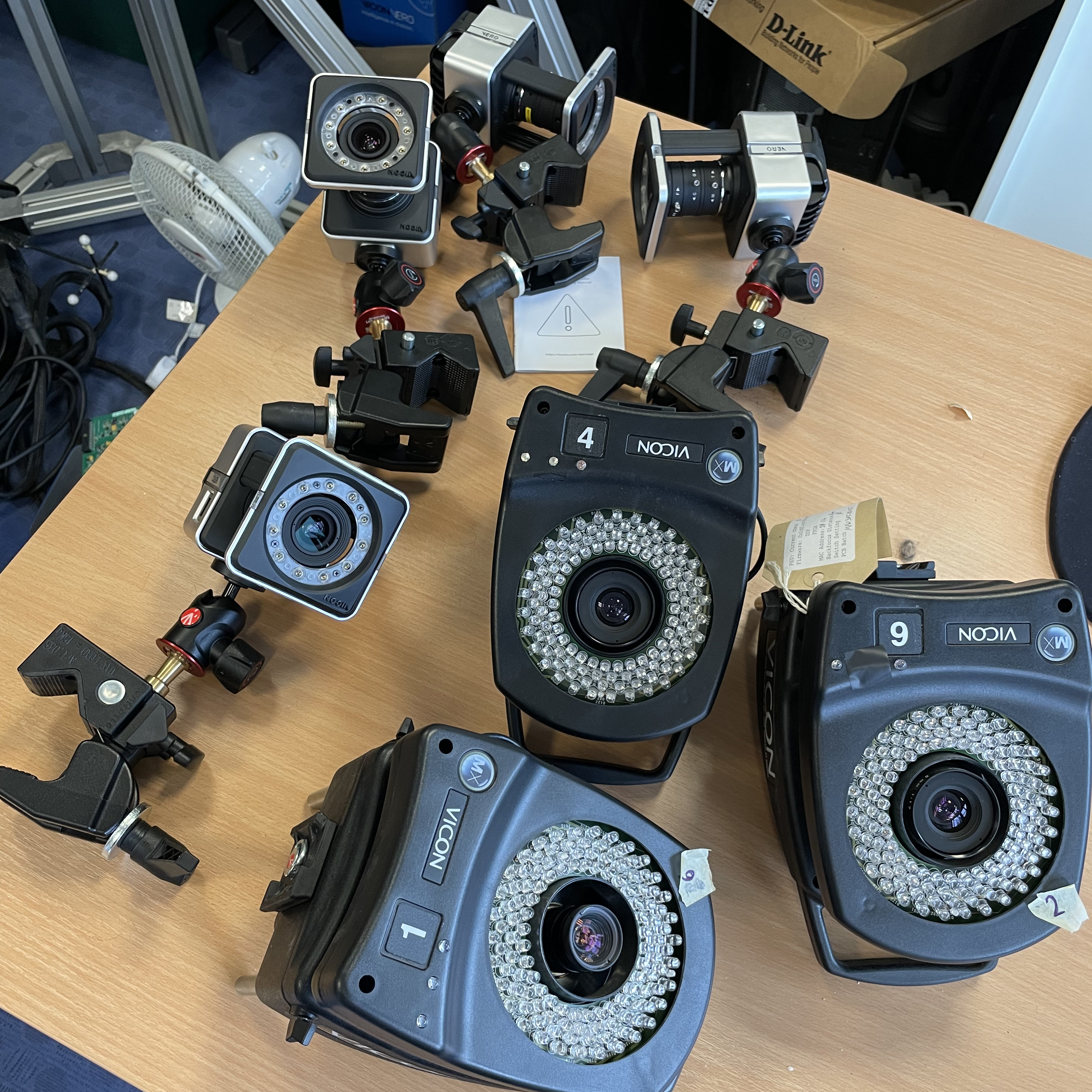Collaborators
Prof. William Harwin, School of Biomedical Science (Biomedical Engineering), University of Reading.
Prof. Paul Hibbard, Department of Psychology, University of Stirling, Scotland.
Prof. Loes van Dam, Centre for Cognitive Science, University of Darmstadt.
Prof. Etienne Roesch, School of Psychology, University of Reading.
Dr Katie Gray, School of Psychology, University of Reading.
Dr Thomas Nyman, School of Psychology, University of Reading.
Prof. Andrew Glennerster, School of Psychology, University of Reading.
Dr. Erwin Lopez Pulgarin, Department of Engineering, University of Manchester / RAICo1
Prof. Laurie Wilcox, Department of Psychology, York University, Toronto, Canada
Prof Rob Allison, Electrical Engineering & Computer Science, York University, Toronto, Canada
Dr Alan McWilliam, Christie Hospital Manchester / University of Manchester.
Software and Science
Unity: Excellent cross-platform game engine for programming realistic stimuli efficiently, including simulated physics. Supports all major VR headsets. GUI and C# scripting based.
Unreal Engine: Another excellent cross-platform game engine for programming realistic stimuli efficiently, including simulated physics. Support for all major VR headsets. Generally acknowledged to have a stepper learning curve then Unity, but greater rendering power. GUI and C++ scripting based.
OpenHaptics: C/C++ based environment for programming for visual-haptic stimuli, including simulated physics. Windows and Linux only.
Chai3D: Cross platform (Windows, OSX and Linux) scene-graph based C/C++ based environment for programming for visual-haptic stimuli, including simulated physics (Bullet Physics and ODE). Support for commercial Oculus VR.
H3DAPI: Cross platform (Windows, OSX and Linux) environment for programming for visual-haptic stimuli, including simulated physics. C++, XML and Python based.
Psychtoolbox: Psychophysics software which runs under Matlab or Octave. Primarily developed for Linux, reduced functionality and very reduced support for Windows and OSX. Development for Windows and OSX often requiring payment at standard programmer rates. Support for Oculus VR. Interfaces with the Horde3D game engine.
Psychopy: Python based psychophysics software which runs under Windows, OSX and Linux. Has become very popular recently due to a wide developer base, cross-platform support, and the fact that is based on the free, widely-used, Python programming language. Support for Oculus VR.
Render Toolbox: Free Matlab implementation for photo-realistic rendering using Mitsuba or PBRT.
Palamedes: Free software for psychometric function fitting and statistical model comparison for Matlab and Octave.
Data Graph: Quite simply the best 2D graphing program for the Mac.
Southampton-York Natural Scenes Database (SYNS): Natural scene database with high dynamic range images and co-registered stereoscopic depth information from Lidar.
Software for Visual Psychophysics: Excellent comprehensive list of software and resources for visual psychophysics maintained by Hans Strasburger. Highly recommended.
Blender: Free software for constructing 3D models and animations, including photo-realistic rendering.
Pinegrow: Totally awesome cross platform webdesign software. It is what I use to make my website.






